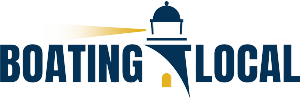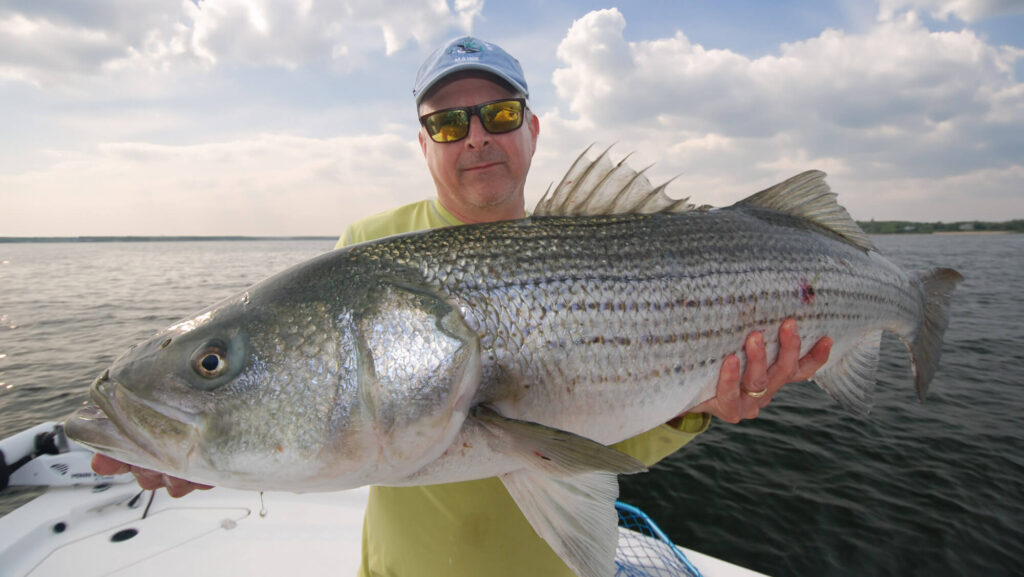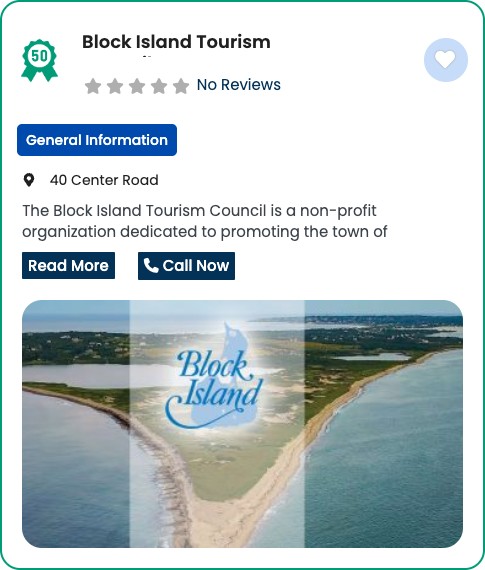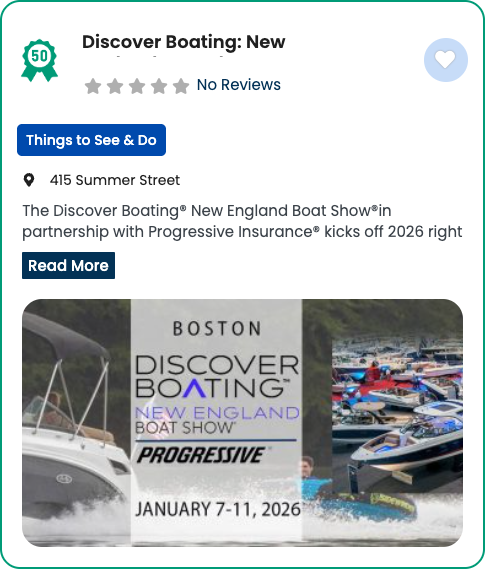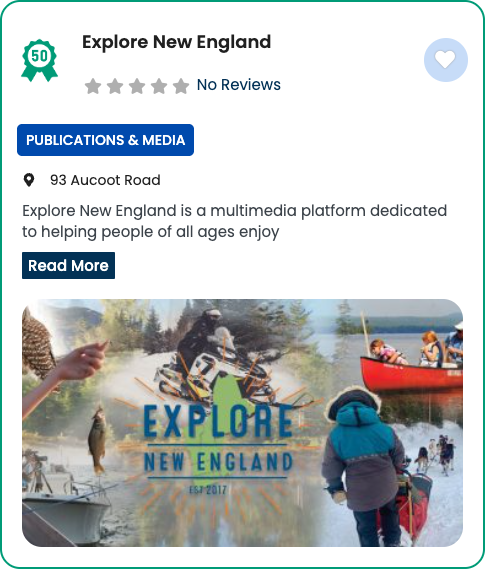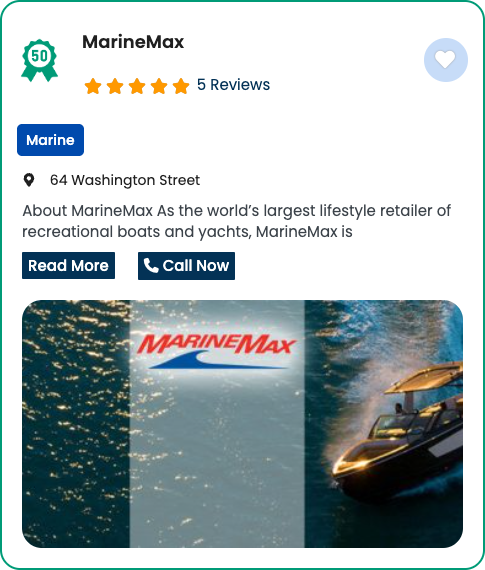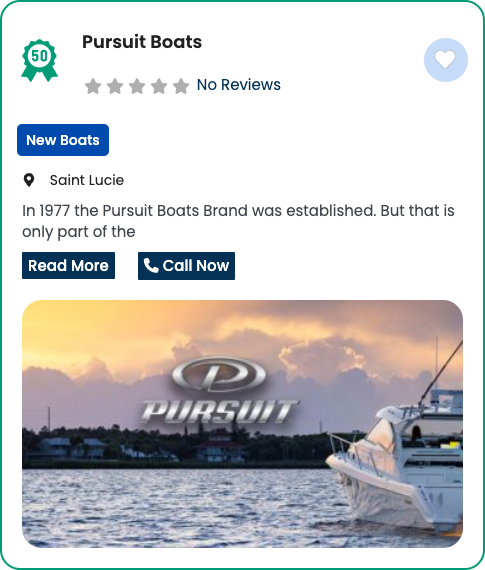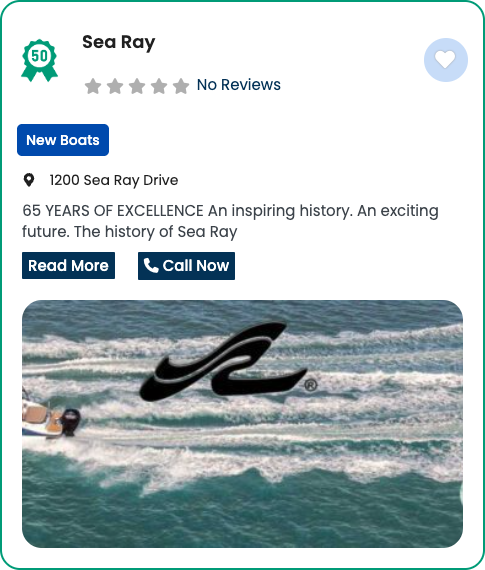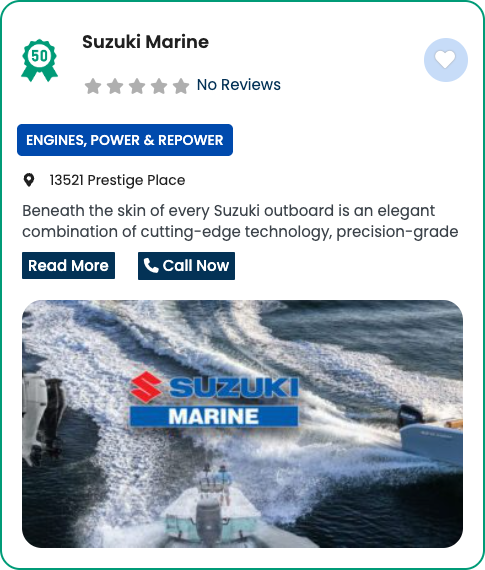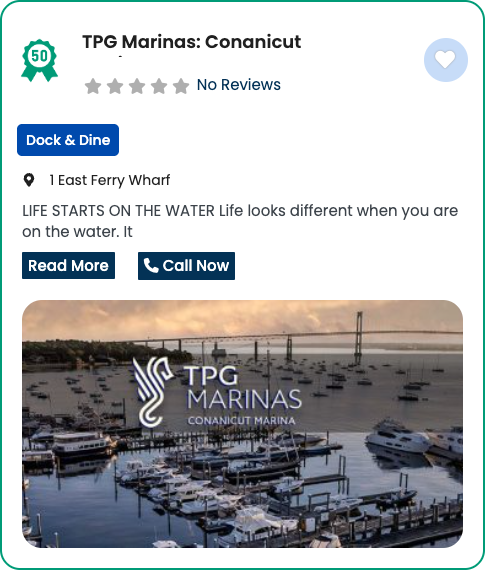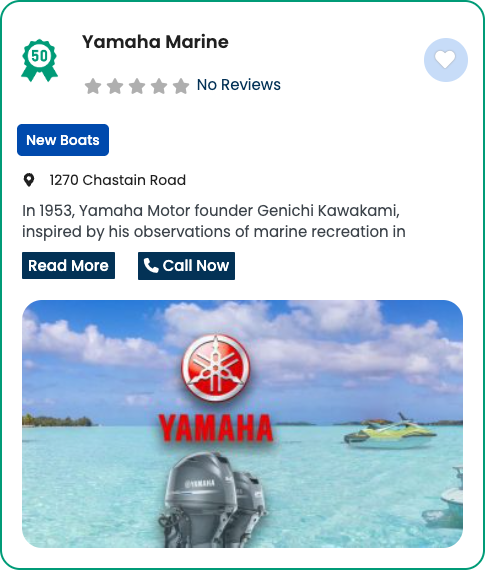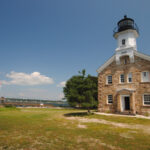
Norwalk Story
October 9, 2024
Xantrex 36V 50Ah Lithium-Ion Battery
October 10, 2024
Guide Group Urges Action on Striped Bass Management
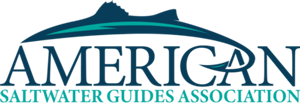
The American Saltwater Guides Association (ASGA) is urging its members and the recreational fishing community at large to weigh in regarding striped bass management prior to the October 23 meeting of the Atlantic States Marine Fisheries Commission (the interstate management body responsible for setting quotas among the Atlantic states with shared fishery resources). ASGA is calling on the ASMFC’s Striped Bass Management Board to take critical action necessary to rebuild the fishery, which has seen five consecutive years of abysmal spawning success. It warns that the coastwide fishery will not be replenished with new fish for years to come unless immediate and drastic action is taken to protect the existing, dwindling population.
The Juvenile Abundance Index used by biologists to gauge the spawning success of Chesapeake Bay striped bass has an average of 11. The index numbers over the past five years are as follows:
2019: 3.37
2020: 2.48
2021: 3.20
2022: 3.62
2023: 1.02
In a formal letter being sent to the ASMFC Striped Bass Management Board, the ASGA urges fishery managers to prioritize the long-term health of the shared striped bass resource, and that harvest reductions be made equally across all fishing sectors and balanced across all jurisdictions. The letter also outlines several potential management options. These include:
-
♦ Equal harvest reductions across sectors. Commercial reductions must be made from harvest, not quota. Many jurisdictions have not hit their quota in 2024. Therefore, taking a reduction off the quota is only a reduction on paper. It does not result in less mortality and will not help the striped bass recovery.
-
♦ Direct statements on the record from the Law Enforcement Committee (LEC) consistently state that no-target closures are entirely unenforceable. The LEC rated no-target closures the least enforceable of 27 guidelines and gave them a 1.87 out of 5 rating, making them utterly ineffective at reducing effort. No-target closures are not equitable across the coastwide range of striped bass. Some states have much shorter seasons. Guides’ businesses will also be unfairly impacted. Business has been hard enough for ASGA members. Taking away more time on the water could end their businesses altogether.
-
♦ No-harvest closures should be initiated for the 2025 season. Unlike no-target closures, these will have a measurable impact and are enforceable.
-
♦ Each jurisdiction should have the same percentage of reduction applied to the harvest numbers for that jurisdiction. As we have seen in the past, a “coastwide” reduction would significantly impact states with shorter seasons. New Jersey cheated a reduction in the past by using this loophole.
-
♦ Commercial fishing in Chesapeake Bay and anchored gillnet fisheries that intercept fecund striped bass entering their spawning estuaries must be curtailed. The striped bass commercial fishery in Maryland has not taken a reduction in over a decade, while the Maryland recreational fishery has almost collapsed. It is illogical that approximately 80% of commercial landings come from Maryland while experiencing five years of spawning failure. This harvest, not quota, must be heavily reduced. The anchored gillnet fisheries in Virginia and Delaware are no longer sustainable, considering the repeated spawning failures in both estuaries. We are aware that recreational effort has been grossly overestimated by NOAA. That means that commercial striped bass harvest is a much higher percentage of total harvest than previously estimated.
You can read the complete official ASA letter here and add your voice to those calling for similar action.
REGIONAL NEWS

FEATURED
